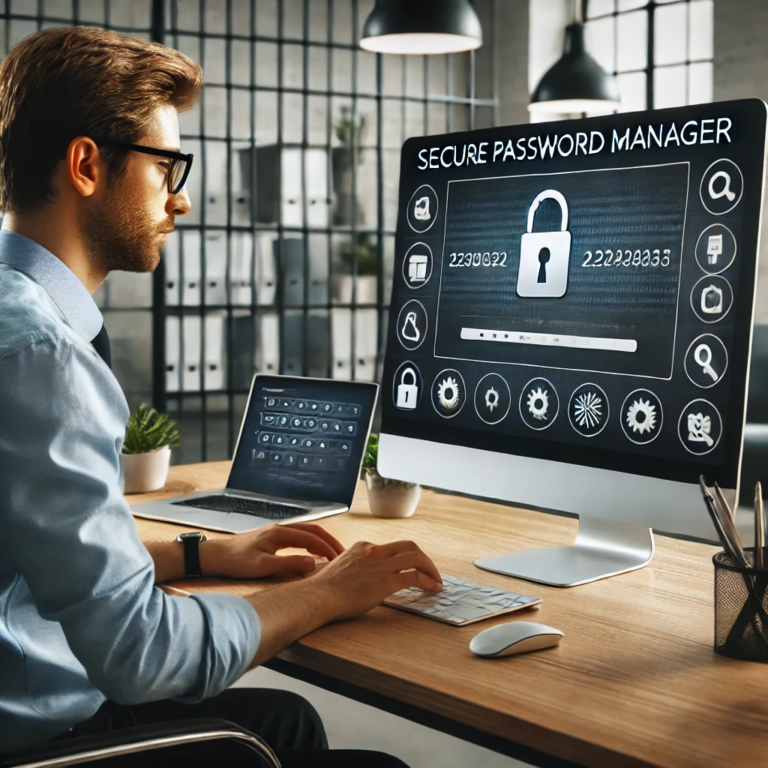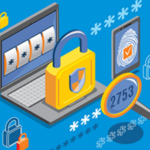In today’s digital age, managing passwords for hundreds of online accounts can be overwhelming. Adhering to password best practices – unique and complex passwords – and remembering them, is a nearly impossible task. Password managers solve this problem by securely generating, storing, and auto-filling passwords, enhancing overall security hygiene.
Password managers come in various forms: offline, cloud-based, browser-integrated, OS-specific, hardware-based, open-source, free, or commercial. Each type has its pros and cons, making the choice of a “best” password manager subjective and context dependent.
In this article, I will explore KeePass, a highly secure and widely respected opensource password manager approved for use by many enterprises and few Governments. KeePass is renowned for its security, particularly for users who value local control over their sensitive data. You can store all your passwords in one database, which is encrypted with a master password. you only need to remember one single master password to unlock the whole database
The core functionalities of KeePass are:
- Strong Encryption: Uses AES-256 or ChaCha20 encryption, making it virtually uncrackable with current computing power. It is trusted by Governments, Military and Businesses worldwide. KeePass encrypts the entire database, including metadata and attachments.
- Local Storage: By default, databases are stored on user-device or on a secure location selected by the user, reducing exposure to potential cloud breaches. While this setup increases flexibility, syncing across multiple devices requires plugins or manual methods.
- Master Password and Key File: Protects the database with a strong master password and optional key file for multi-factor authentication. However, users are responsible for securely creating and storing this password and key.
- Password Generator: Generates strong, unique passwords for all accounts.
- Security Hardening: support two-factor authentication, Secure Desktop mode, and two-channel auto-type obfuscation to protect against keyloggers and dictionary attacks.
Notably, KeePass has a stellar security track record, with no breaches reported in its two-decade history, except a vulnerability reported in 2023.
However, KeePass is not without drawbacks. Some of them are:
- Responsibility: Users are responsible for secure storage of the encrypted database and backup and maintaining a secure device/environment.
- Complexity: Less user-friendly than commercial alternatives, requiring a certain level of tech-savviness.
- Limited Features: It lacks several advanced features – Native device syncing and breach monitoring/detection services – offered by commercial counter parts.
- Plugin Risks: Users must carefully vet third-party plugins to avoid risks originating from untrustworthy plugins.
Final thoughts:
While KeePass may not have the sleek interface or advanced features of some commercial password managers, its lightweight design and robust security make it an excellent choice for tech-savvy users who prioritize control. Its plugin-based architecture provides extensive customization options, though users should exercise caution with unofficial plugins. For now, KeePass remains the best choice for partners until company introduces an Enterprise Password Manager solution with centralized administration and backup capabilities.
KeePass is available at https://keepass.info/ to download and install. It is strongly recommended to all users to use it.
- If you’re a moderately tech-savvy user seeking a free, lightweight, customizable, and highly secure password manager, KeePass is an excellent choice.
- If you’re a regular user looking for a password manager with advanced features for personal use and are open to paying a monthly subscription, 1Password or Dashlane are great choices
- If you are looking for a password manager with decent features for free and an option to purchase advanced features later(freemium, Bitwarden is an excellent alternative.
No matter which option you choose, using a password manager for both work and personal accounts is essential today to strengthen your security.
What are your thoughts on using password managers and generally on KeePass? Please share it in comment box below



